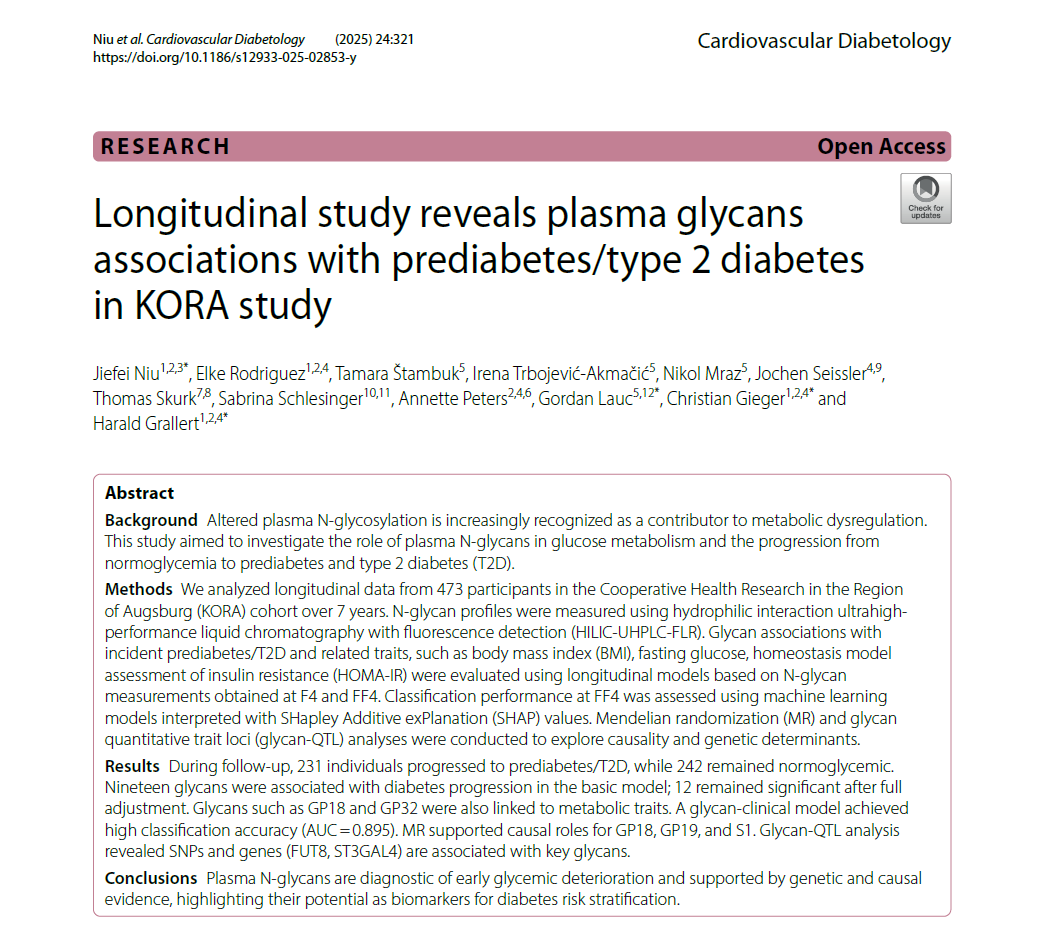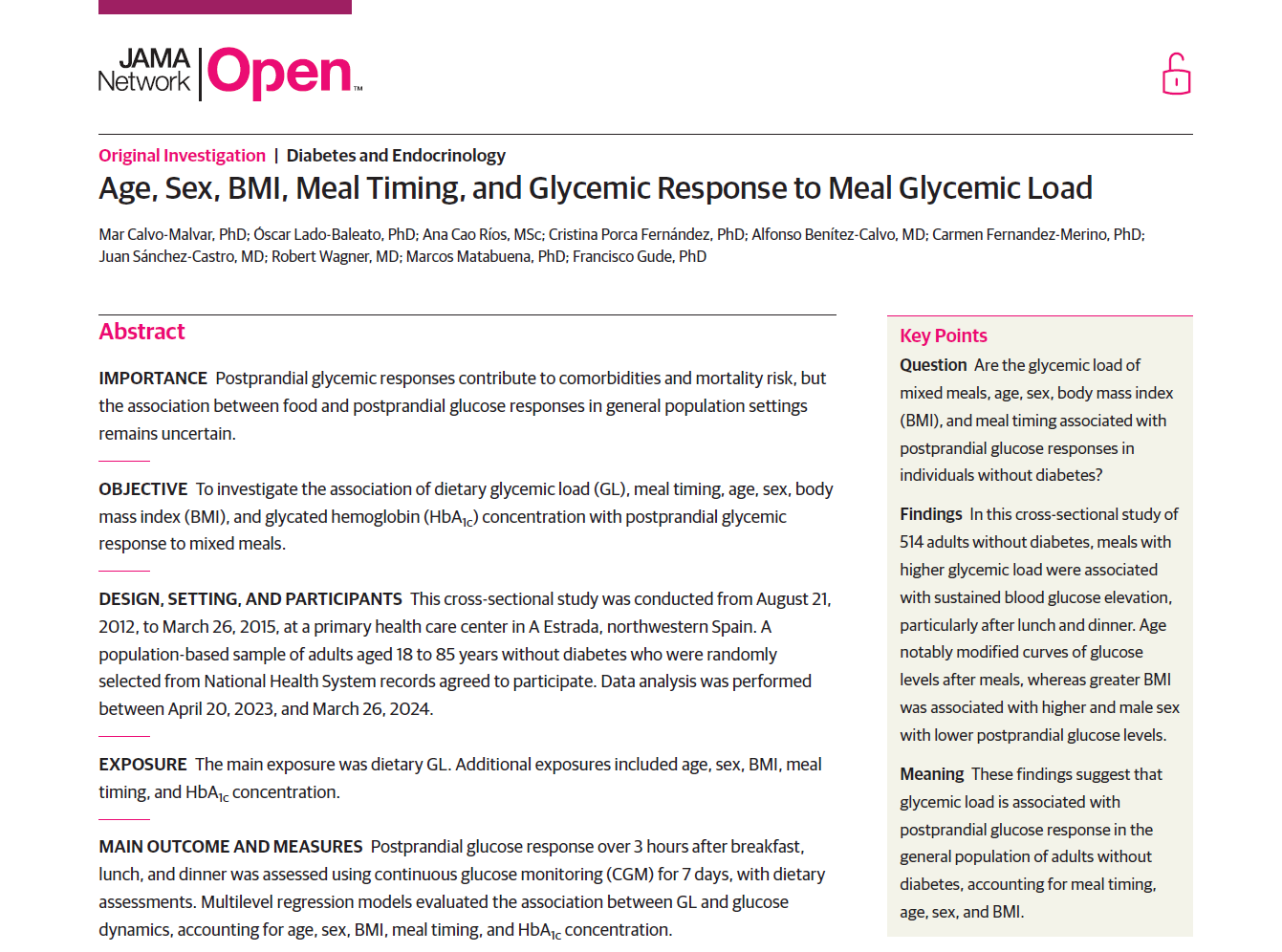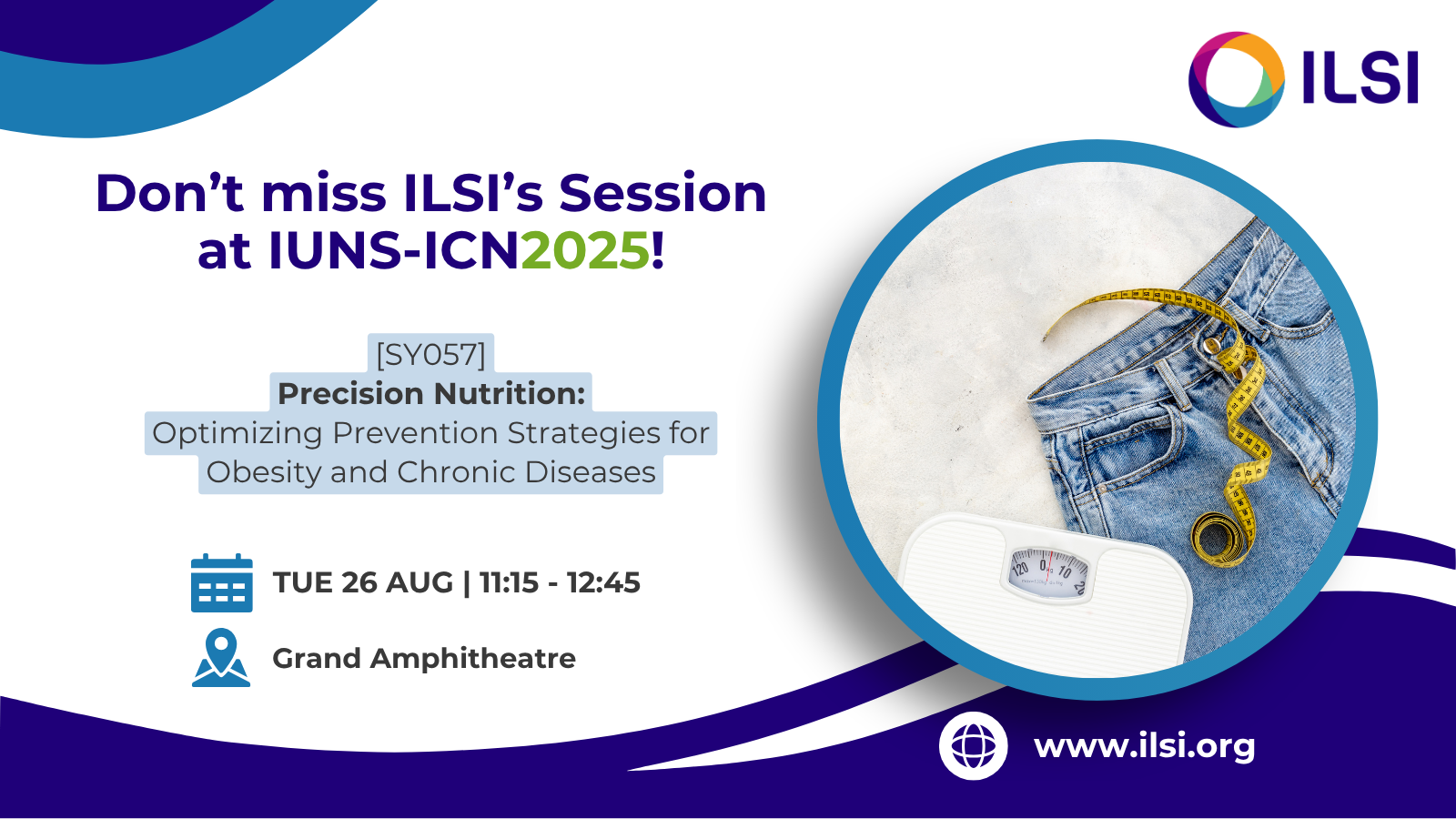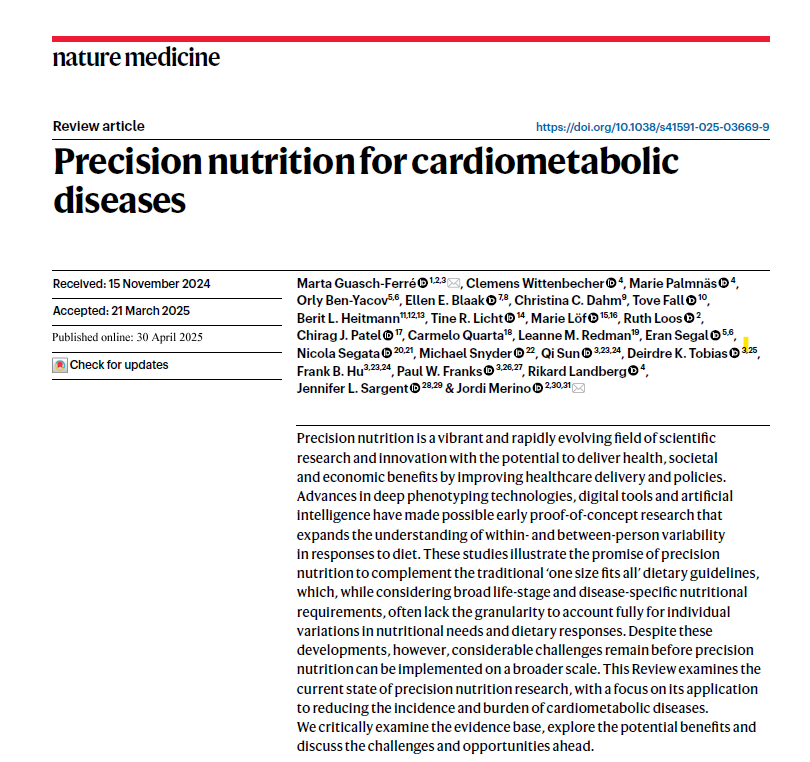On 27 May 2025, the GLUCOTYPES project was showcased at the ILSI Europe General Assembly in Brussels during a satellite workshop dedicated to precision nutrition. The session, titled “Let’s Debate Precision Nutrition,” brought together thought leaders and stakeholders from science and industry to discuss the potential and challenges of personalising dietary strategies, notably to prevent type 2 diabetes and other non-communicable diseases.
ILSI Europe (Leader of Work Package 4) is a non-profit organisation that brings together scientists from academia, public institutions and industry to improve public health and wellbeing through collaborative research in nutrition, food safety and sustainability. Its General Assembly meeting is held annually and gathers its members’ official representatives (companies from the food and beverage industry), Board of Directors and scientific advisors. This year, three satellite workshops reserved for ILSI members complemented the meeting, addressing timely topics, including precision nutrition.
The workshop opened with a keynote by Professor Ellen Blaak of Maastricht University (Leader of Work Package 3), who provided an overview of what precision nutrition means and why it matters. She explained that although many studies suggest changing diet can help improve blood sugar levels, weight, and overall health, only a few have shown clear long-term benefits so far. To make nutrition advice more effective, it’s important to better understand why some people respond well to certain diets while others don’t. She also highlighted that factors like social and economic situation, as well as how dietary advice is delivered—whether in person, online, or in print—can greatly influence how well people stick to it. Professor Blaak concluded that a more tailored approach to nutrition could help more people at risk of type 2 diabetes, but we need broader strategies to make it work in real life.

This set the stage for Dr Jordi Merino from the University of Copenhagen (Project Coordinator), who introduced the GLUCOTYPES project to illustrate a potential application of precision nutrition science. His presentation underscored how continuous glucose monitors (CGMs) are valuable tools not only for tracking glycaemic responses, but also for uncovering the biological and behavioural drivers of dysglycaemia. Dr Merino also emphasised the role of AI in decoding these patterns to develop precision nutrition strategies grounded in real-world variability.
The session concluded with a lively panel debate featuring representatives from different sectors: the tech and food industries, academia, healthcare professionals, and consumer groups. Together with a very engaged audience, they discussed the main obstacles to implementing precision nutrition in society—from costs and technology to trust, consumer expectations, and public policy.

For the GLUCOTYPES team, this was a great opportunity to raise awareness among food companies about the project’s potential for application and collaboration. By engaging directly with company representatives, the project aimed to strengthen ties with the industry and foster future partnerships for the exploitation and further development of its innovations.
As GLUCOTYPES continues to advance, building strong links with potential end-users remains central to ensuring that scientific progress leads to meaningful health impact.






